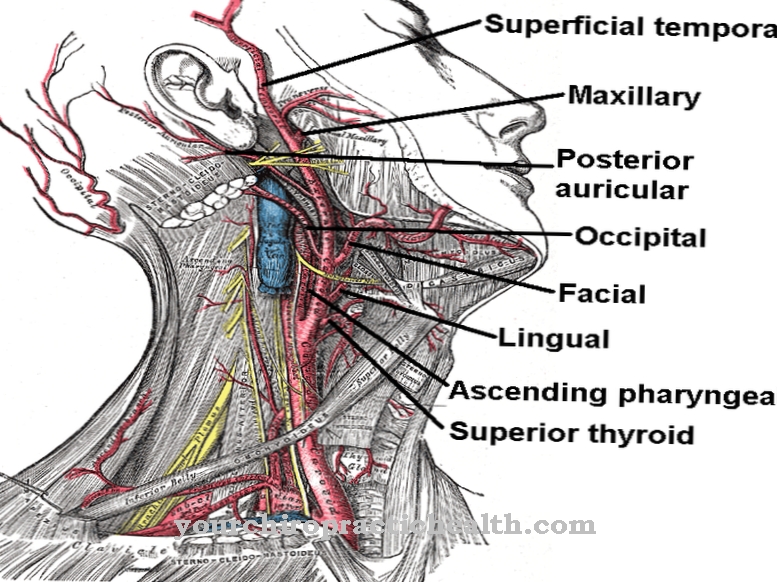Amoeba belong to the unicellular organisms. Many amoebas are pathogenic and can cause serious illness in humans.
What are amoebas?

© frenta - stock.adobe.com
Contrary to what is often claimed, amoebas are not a family group, but rather a form of life. All amoebas are single-celled. Your body shape is not fixed. They can develop pseudopodia, and thus quickly change their body shape. The living things are between 0.1 and 0.8 millimeters in size. Most amoebas are naked and phagocytosed to feed themselves. However, some amoebas are also wired and can photosynthesize.
The small unicellular organisms are usually transparent. The granular inside of the cells is visible through the transparent outer skin. This endoplasm pulsates and contains many small bubbles. The cell nucleus, on the other hand, is rather difficult to see. The small feet are used by the amoeba for locomotion and for feeding. They catch bacteria and other unicellular organisms with their feet, enclose them in so-called food vacuoles and finally digest them. This process is known as phagocytosis. The amoeba reproduces asexually through division.
Many amoebas are potential pathogens for humans. The most well-known diseases caused by amoebas are amoebic dysentery and meningoencephalitis. Many amoeba also contain bacteria that can cause infectious diseases in humans. One such disease is legionellosis, which is caused by legionella.
Occurrence, Distribution & Properties
Amoebas are common all over the world. They can be found from the Antarctic to the Arctic and are particularly comfortable in moist soils. Many species of amoeba live in water. The single-celled organisms use both fresh and sea water as a habitat.
The amoeba species Entamoeba histolytica, the causative agent of amoebic dysentery, is also found worldwide. The unicellular organisms are found particularly in countries and areas with inadequate hygienic conditions. People become infected through contact with contaminated sewage or polluted drinking water. The number of infections with amoebic dysentery increases, especially after disasters and when there is a lack of pure drinking water. However, unpeeled fruit and vegetables, ice and ice cubes are also frequently contaminated with amoebas in subtropical and tropical areas such as Bangladesh, Indonesia, Thailand and India. It should be noted in this context that conventional drinking water disinfection with chlorine does not kill the single-cell organisms. Only water that has been boiled for at least five minutes is amoeba-free.
Amoebic encephalitis, on the other hand, is caused by other types of amoeba. These include, for example, Acanthamoeba, Balamuthia or Naegleria fowleri. These are summarized under the term free-living amoeba or water amoeba. While ankanthamoeba are mainly found in mud, at the edges of water and in biofilms, balamuthia amoeba also live in dust and soil. Acanthamoeba also often colonize the nasopharynx of humans.
Naegleria fowleri prefers fresh water as a habitat. The pathogen can also be found more and more often in moderate climates. When bathing, the amoeba penetrate the human body via the olfactory epithelium and then reach the central nervous system and thus the brain via the olfactory nerve (Nervus olfactorius).
Illnesses & ailments
The amoebic dysentery manifests itself characteristically through bloody and slimy diarrhea. This is also described as raspberry jelly-like. Stopping the diarrhea is associated with abdominal pain and cramps. Some of those affected suffer from a very high fever. Depending on the severity of the infection, 40 to 50 bowel movements per day can be observed. In this phase, however, the patients hardly excrete any feces. The excretions consist to a large extent of pure mucus.
Inflammation with ulceration in the large intestine is responsible for these symptoms, which occur after an incubation period of one to seven days. The pathogen Entamoeba histolytica can enter the blood through the damaged intestinal mucosa. The amoeba then passes from the blood to the liver and other internal organs. There the protozoa can destroy the resident tissue and cause severe ulcer formation. The result is internal bleeding. If the amoebic dysentery is not recognized in time, it can be fatal. Treatment is carried out with various antibiotics. If taken in time, the disease heals quickly. However, surgery may also be required for abscesses in internal organs.
Primary amoebic meningoencephalitis predominantly affects children. It starts suddenly and violently from full health. Patients have a high fever, nausea, vomiting, and neck pain. The stiff neck is noticeable. Changes in perception and a restriction in body control quickly occur. Primary amoebic meningoencephalitis is fatal within a week. So far there are only a few patients who have survived the disease with early therapy.
Granulomatous amobenencephalitis occurs almost only in patients with immune deficiencies. For example, the disease is more common in AIDS patients. The pathogen Balamuthia mandrillaris is an exception. It also infects people with healthy immune systems. The granulomatous form of amoebic dysentery begins insidiously with fever, vomiting, headache and slight stiff neck. The patients become lethargic, complain of impaired memory and are clouded in their consciousness. Later they develop symptoms such as seizures and paralysis on one side or go into a coma.
Granulomatous amoebic encephalitis lasts from a few days to several months and, like primary amoebic meningoencephalitis, usually ends fatally. However, some patients were successfully treated with a combination of different antibiotics. The treatment must take place over several years.



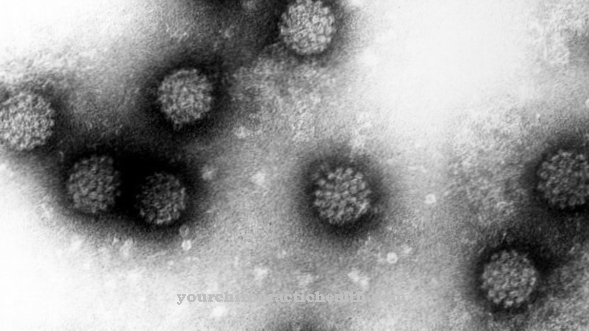
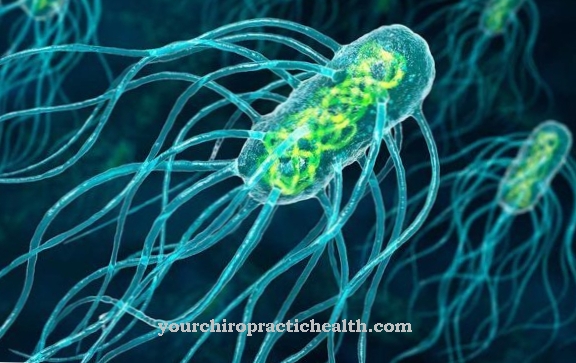
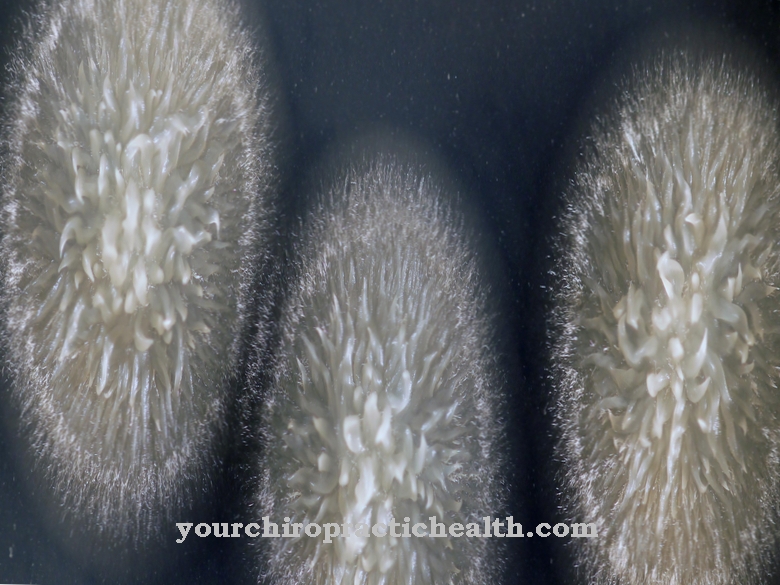



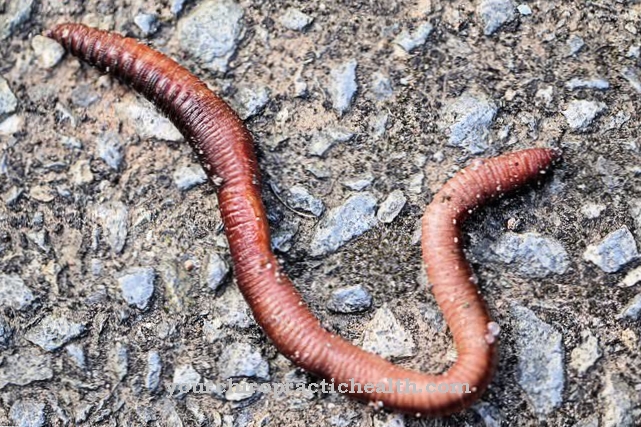
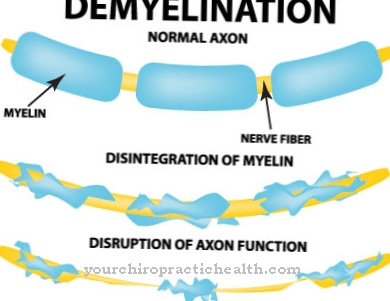
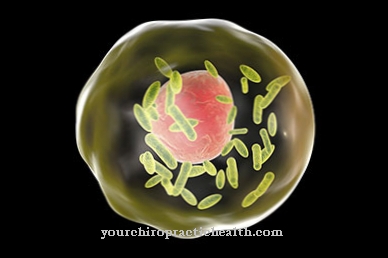



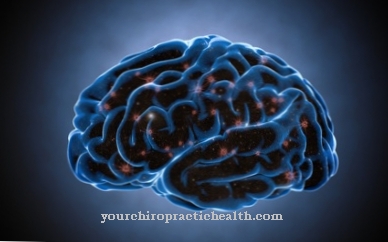



.jpg)
